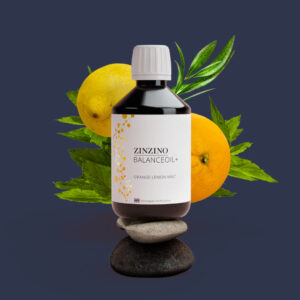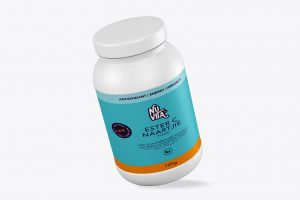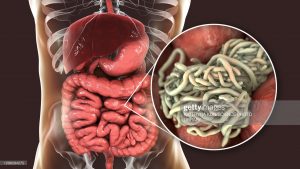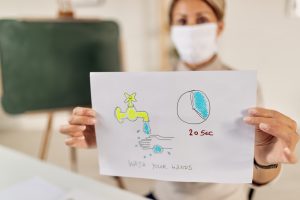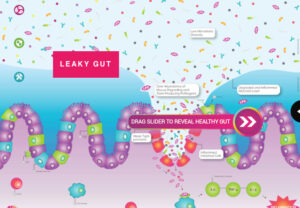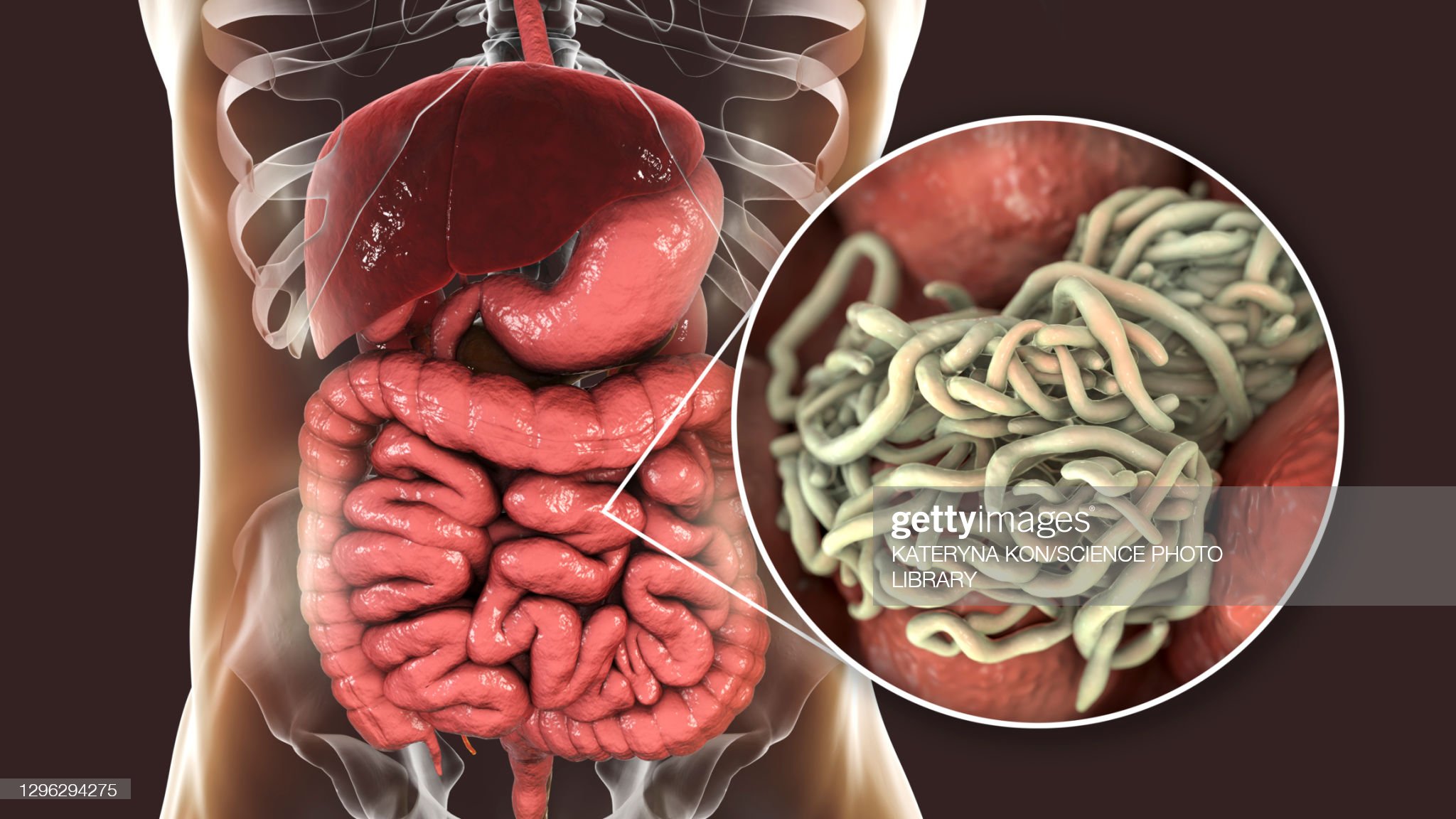Date: April 24, 2020 Source: American Chemical Society Summary: Researchers report that a combination of cotton with natural silk or chiffon can effectively filter out aerosol particles — if the fit is good.
In the wake of the COVID-19 pandemic, the U.S. Centers for Disease Control and Prevention recommends that people wear masks in public. Because N95 and surgical masks are scarce and should be reserved for health care workers, many people are making their own coverings. Now, researchers report in ACS Nano that a combination of cotton with natural silk or chiffon can effectively filter out aerosol particles — if the fit is good.
SARS-CoV-2, the new coronavirus that causes COVID-19, is thought to spread mainly through respiratory droplets when an infected person coughs, sneezes, speaks or breathes. These droplets form in a wide range of sizes, but the tiniest ones, called aerosols, can easily slip through the openings between certain cloth fibers, leading some people to question whether cloth masks can actually help prevent disease. Therefore, Supratik Guha at the University of Chicago and colleagues wanted to study the ability of common fabrics, alone or in combination, to filter out aerosols similar in size to respiratory droplets.
The researchers used an aerosol mixing chamber to produce particles ranging from 10 nm to 6 μm in diameter. A fan blew the aerosol across various cloth samples at an airflow rate corresponding to a person’s respiration at rest, and the team measured the number and size of particles in air before and after passing through the fabric. One layer of a tightly woven cotton sheet combined with two layers of polyester-spandex chiffon — a sheer fabric often used in evening gowns — filtered out the most aerosol particles (80-99%, depending on particle size), with performance close to that of an N95 mask material. Substituting the chiffon with natural silk or flannel, or simply using a cotton quilt with cotton-polyester batting, produced similar results. The researchers point out that tightly woven fabrics, such as cotton, can act as a mechanical barrier to particles, whereas fabrics that hold a static charge, like certain types of chiffon and natural silk, serve as an electrostatic barrier. However, a 1% gap reduced the filtering efficiency of all masks by half or more, emphasizing the importance of a properly fitted mask.
The University of Stellenbosch undertook to examine the mask we supply. The results were as follows:
Textile Barrier Efficiency and Air Permeability Test Results
Test method:
Barrier efficiency test based on ISO14644 – adapted to measure the efficiency of textile fabrics and filter materials for use in cloth face masks to be used during COVID-19 pandemic. (The purpose of these masks is to prevent transmission of small respiratory droplets from the wearer to the environment. Cloth masks are not PPE). The test method is based on the attainment of a 5 micron particle count after transmission of an air stream through the sample and an air flow rating that represents the air permeability of the sample.
Dept. of Chemistry and Polymer Science, University of Stellenbosch
Rating:
Results are rated on a 4-point scale as shown below to prevent misinterpretation.
1: Very poor (0-25% )
2: Poor (25-50%)
3: Good (50-75%)
4: Excellent (75-100%)
Criteria:
- Barrier rating 5 micron: The scuba material scored a 4 .
- Air flow rating: The scuba material scored a 4
Disclaimer
University Disclaimer regarding tests done on textile fabrics intended for cloth face masks:
Stellenbosch University (“SU”) does not have the authority to certify or approve face masks or any component used in its manufacturing. The only certifying authority is the South African Bureau of Standards.
Although the testing of textile fabrics and filter materials are carefully conducted by SU, no guarantees or warranties are made by SU for the effectiveness and quality thereof. Test results are based on the samples as received and tested.
SU does not accept any liability whatsoever arising from the use of this report by the client/recipient, and shall not be liable for any loss, damage or cost directly or indirectly incurred or arising due to the reliance on the information contained in the report. Any client/recipient making use of this report, hereby indemnifies and holds the SU harmless against any such loss, damages or cost.
SU has strict policies which regulates the protection of its name, brand, trademarks and intellectual properties (“SU’s IP”). SU’s IP may be not be used in any form of marketing of any product or service and the client/recipient acknowledges and agrees not to directly or indirectly represent or create the impression that the SU has endorsed any of its products or services.

